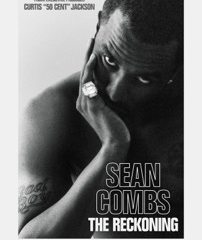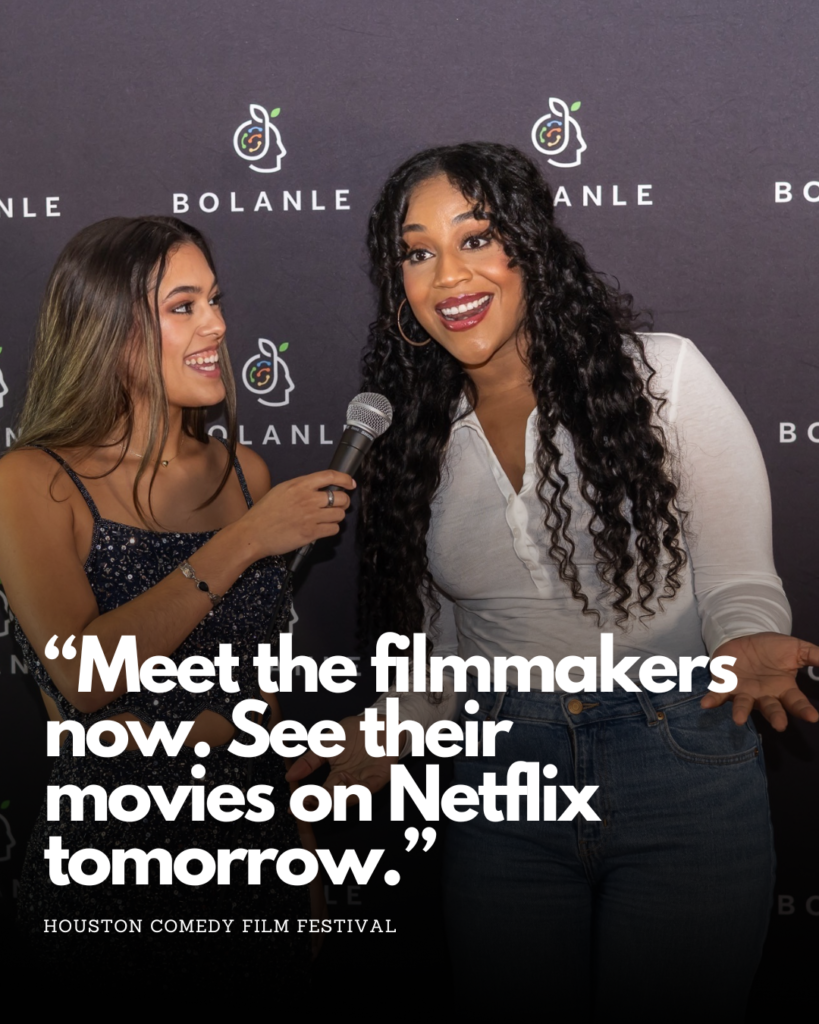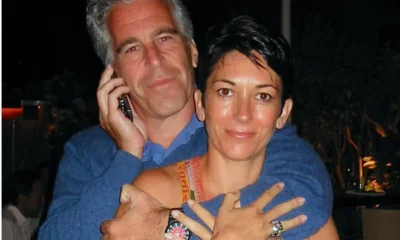Entertainment
How to Be an Industry Puppet (The Sabrina Carpenter Way)


Early Beginnings: A Star in the MakingBorn on May 11, 1999, in Quakertown, Pennsylvania, Sabrina Annlane Carpenter showed an early passion for music. So much so that her father built a soundproof booth in their basement to keep her singing from disturbing the neighbors. By age 10, she was already uploading cover songs to YouTube, signaling the start of her public journey.
Her early exposure to the industry came through an online talent contest linked to Miley Cyrus’s fan club, where she placed third. This modest win caught the attention of casting directors, leading to small acting roles, including a guest spot on Law & Order: SVU. Her big break came in 2014 when she landed the role of Maya Hart, the wisecracking best friend on Disney Channel’s Girl Meets World.The Disney Era: Building a FoundationThough not the lead, Sabrina’s role on Girl Meets World gave her a platform. Disney also recognized her singing talent, releasing her debut single, Can’t Blame a Girl for Trying. Between 2015 and 2019, she released four albums—Eyes Wide Open, Evolution, Singular: Act I, and Singular: Act II. These projects earned respectable chart positions and built a loyal fan base, but she had yet to break into mainstream pop stardom.
By the end of the decade, Sabrina was a familiar face with a solid resume but still seen by many as a Disney alum rather than a major pop artist. It was clear that a transformation was necessary.
The Turning Point: Reinvention and Industry Realities.
Sabrina’s journey reflects a common narrative for child stars transitioning to adult artists. She has spoken candidly about signing her first contract at 12, not fully understanding the implications, and navigating the pressures of the music industry. She faced the challenge of maintaining her identity while meeting industry expectations, including the unspoken rule to “sexify” her image to reach the next level.
Her transition was not just about image but also about artistic growth. The industry’s artist development process, sometimes involving vocal and dance training, stylistic changes, and even physical alterations, played a role in reshaping her brand.
New Beginnings with Island Records
In early 2021, Sabrina’s Disney contract ended, and she signed with Island Records. Her first single under the new label, Skin, sparked controversy and media attention, rumored to be a diss track aimed at Olivia Rodrigo. Whether intentional or not, it marked a new chapter, accompanied by noticeable changes in her appearance and style.

Her album Emails I Can’t Send (2022) showcased a more mature sound and personal songwriting, earning critical praise and fan admiration. The album’s success was bolstered by collaborations with top producers and songwriters, including Jack Antonoff, Ian Kirkpatrick, and Amy Allen, who helped craft a fresh, ‘80s-inspired pop sound with emotional depth.
Breaking Through: The Short and Sweet Era
Sabrina’s momentum continued with the release of Short and Sweet in 2024. The album debuted at number one on the Billboard charts and went platinum, signaling her arrival as a bona fide pop star. Her single Espresso reached number seven on the Hot 100 and topped the UK charts, cementing her global appeal.
Her live performances evolved into carefully choreographed shows blending soft ‘80s synth-pop with old Hollywood glam aesthetics. Brand partnerships with Rihanna’s Savage Fenty and Kim Kardashian’s Skims further elevated her profile, aligning her with powerful, fashion-forward female brands.
Controversy and Cultural Conversations
With fame came scrutiny. Sabrina’s increasingly provocative performances and imagery sparked debate, especially given her Disney roots and young fanbase. Videos of sexually suggestive stage acts and album cover art depicting submissive poses ignited discussions about feminism, sexual freedom, and the boundaries of artistic expression.
Critics accused her of glamorizing regressive gender roles, while supporters defended her right to explore sexuality on her terms. Sabrina herself acknowledged the complexity, emphasizing her normalcy and playful approach to performance.
The Artist Behind the Brand
Despite accusations of being an “industry plant,” Sabrina’s decade-long career and artistic involvement tell a different story. She is deeply involved in songwriting and creative decisions, dispelling myths that she is merely a manufactured product.
Her candid reflections reveal the toll of constant touring and the pressures of maintaining a public persona. Yet, she remains committed to her craft and evolving identity.What’s Next for Sabrina Carpenter?
Sabrina Carpenter’s story is far from over. Her latest album, Man’s Best Friend, has already sparked intense cultural debates, highlighting her ability to provoke thought and conversation. Whether loved or criticized, she commands attention and continues to push boundaries.

Her journey from a singing child in Pennsylvania to a global pop icon is a testament to perseverance, reinvention, and the complex machinery behind modern stardom. Sabrina Carpenter wasn’t just made overnight—she was made over years of hard work, strategic evolution, and fearless self-expression. The world is watching, and she’s just getting started.
Entertainment
What We Can Learn Inside 50 Cent’s Explosive Diddy Documentary: 5 Reasons You Should Watch

50 Cent’s new Netflix docuseries about Sean “Diddy” Combs is more than a headline-grabbing exposé; it is a meticulous breakdown of how power, celebrity, and silence can collide in the entertainment industry.
Across its episodes, the series traces Diddy’s rise, the allegations that followed him for years, and the shocking footage and testimonies now forcing a wider cultural reckoning.
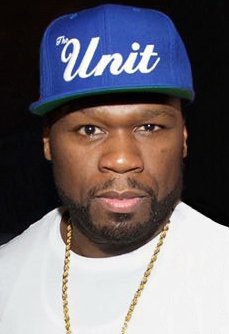
1. It Chronicles Diddy’s Rise and Fall – And How Power Warps Reality
The docuseries follows Combs from hitmaker and business icon to a figure facing serious criminal conviction and public disgrace, mapping out decades of influence, branding, and behind-the-scenes behavior. Watching that arc shows how money, fame, and industry relationships can shield someone from scrutiny and delay accountability, even as disturbing accusations accumulate.
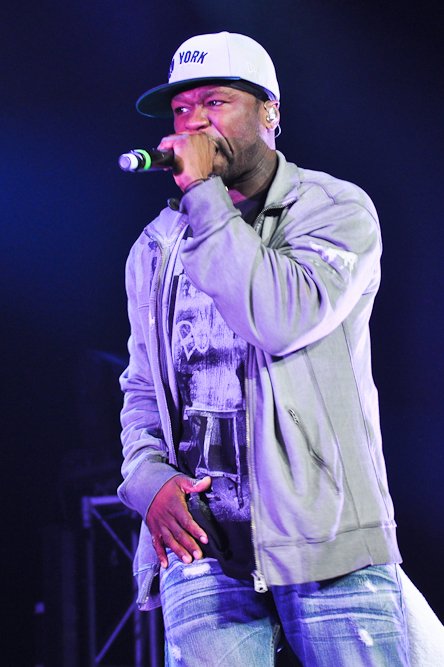
2. Never-Before-Seen Footage Shows How Narratives Are Managed
Exclusive footage of Diddy in private settings and in the tense days around his legal troubles reveals how carefully celebrity narratives are shaped, even in crisis.
Viewers can learn to question polished statements and recognize that what looks spontaneous in public is often the result of strategy, damage control, and legal calculation.
3. Survivors’ Stories Highlight Patterns of Abuse and Silence
Interviews with alleged victims, former staff, and industry insiders describe patterns of control, fear, and emotional or physical harm that were long whispered about but rarely aired in this detail. Their stories underline how difficult it is to speak out against a powerful figure, teaching viewers why many survivors delay disclosure and why consistent patterns across multiple accounts matter.
4. 50 Cent’s Approach Shows Storytelling as a Tool for Accountability
As executive producer, 50 Cent uses his reputation and platform to push a project that leans into uncomfortable truths rather than protecting industry relationships. The series demonstrates how documentary storytelling can challenge established power structures, elevate marginalized voices, and pressure institutions to respond when traditional systems have failed.
5. The Cultural Backlash Reveals How Society Handles Celebrity Accountability
Reactions to the doc—ranging from people calling it necessary and brave to others dismissing it as a vendetta or smear campaign—expose how emotionally invested audiences can be in defending or condemning a famous figure. Watching that debate unfold helps viewers see how fandom, nostalgia, and bias influence who is believed, and why conversations about “cancel culture” often mask deeper questions about justice and who is considered too powerful to fall.
Entertainment
South Park’s Christmas Episode Delivers the Antichrist

A new Christmas-themed episode of South Park is scheduled to air with a central plot in which Satan is depicted as preparing for the birth of an Antichrist figure. The premise extends a season-long narrative arc that has involved Satan, Donald Trump, and apocalyptic rhetoric, positioning this holiday episode as a culmination of those storylines rather than a stand‑alone concept.
Episode premise and season context
According to published synopses and entertainment coverage, the episode frames the Antichrist as part of a fictional storyline that blends religious symbolism with commentary on politics, media, and cultural fear. This follows earlier Season 28 episodes that introduced ideas about Trump fathering an Antichrist child and tech billionaire Peter Thiel obsessing over prophecy and end‑times narratives. The Christmas setting is presented as a contrast to the darker themes, reflecting the series’ pattern of pairing holiday imagery with controversial subject matter.
Public and political reactions
Coverage notes that some figures connected to Donald Trump’s political orbit have criticized the season’s portrayal of Trump and his allies, describing the show as relying on shock tactics rather than substantive critique. Commentators highlight that these objections are directed more at the depiction of real political figures and the show’s tone than at the specific theology of the Antichrist storyline.
At the time of reporting, there have not been widely reported, detailed statements from major religious leaders focused solely on this Christmas episode, though religion-focused criticism of South Park in general has a long history.
Media and cultural commentary
Entertainment outlets such as The Hollywood Reporter, Entertainment Weekly, Forbes, Slate, and USA Today describe the Antichrist arc as part of South Park’s ongoing use of Trump-era and tech-world politics as material for satire.
Viewer guidance and content advisory
South Park is rated TV‑MA and is intended for adult audiences due to strong language, explicit themes, and frequent use of religious and political satire. Viewers who are sensitive to depictions of Satan, the Antichrist, or parodies involving real political figures may find this episode particularly objectionable, while others may view it as consistent with the show’s long‑running approach to controversial topics. As with previous episodes, individual responses are likely to vary widely, and the episode is best understood as part of an ongoing satirical series rather than a factual or theological statement.
Entertainment
Sydney Sweeney Finally Confronts the Plastic Surgery Rumors

Sydney Sweeney has decided she is finished watching strangers on the internet treat her face like a forensic project. After years of side‑by‑side screenshots, “then vs now” TikToks, and long comment threads wondering what work she has supposedly had done, the actor is now addressing the plastic surgery rumors directly—and using them to say something larger about how women are looked at in Hollywood and online.

Growing Up on Camera vs. “Before and After” Culture
Sweeney points out that people are often mistaking normal changes for procedures: she grew up on camera, her roles now come with big‑budget glam teams, and her body has shifted as she has trained, aged, and worked nonstop. Yet every new red‑carpet photo gets folded into a narrative that assumes surgeons, not time, are responsible. Rather than walking through a checklist of what is “real,” she emphasizes how bizarre it is that internet detectives comb through pores, noses, and jawlines as if they are owed an explanation for every contour of a woman’s face.
The Real Problem Isn’t Her Face
By speaking up, Sweeney is redirecting the conversation away from her features and toward the culture that obsesses over them.
She argues that the real issue isn’t whether an actress has had work done, but why audiences feel so entitled to dissect her body as public property in the first place.
For her, the constant speculation is less about curiosity and more about control—another way to tell women what they should look like and punish them when they do not fit. In calling out that dynamic, Sweeney isn’t just defending herself; she is forcing fans and followers to ask why tearing apart someone else’s appearance has become such a popular form of entertainment.

 Entertainment2 weeks ago
Entertainment2 weeks agoWicked Sequel Disappoints Fans: Audience Verdict on For Good

 News3 weeks ago
News3 weeks agoYolanda Adams Questions Traditional Views on God’s Gender, Audience Reacts

 Entertainment2 weeks ago
Entertainment2 weeks agoAriana & Cynthia Say They’re in a ‘Non‑Demi Curious, Semi‑Binary’ Relationship… WTF Does That Even Mean?

 News3 weeks ago
News3 weeks agoEpstein Files to Be Declassified After Trump Order

 News4 weeks ago
News4 weeks agoTrump Throws Epstein Files at Clinton’s Door

 Entertainment4 weeks ago
Entertainment4 weeks agoAriana Grande’s Red Carpet: When Fans Forget Boundaries

 Entertainment4 weeks ago
Entertainment4 weeks agoKim Kardashian Reportedly Scammed by Psychic Before Failing Bar Exam

 Entertainment3 weeks ago
Entertainment3 weeks agoHollywood’s Kiss or Miss Policy: Why Saying No Got Neal McDonough Blackballed





